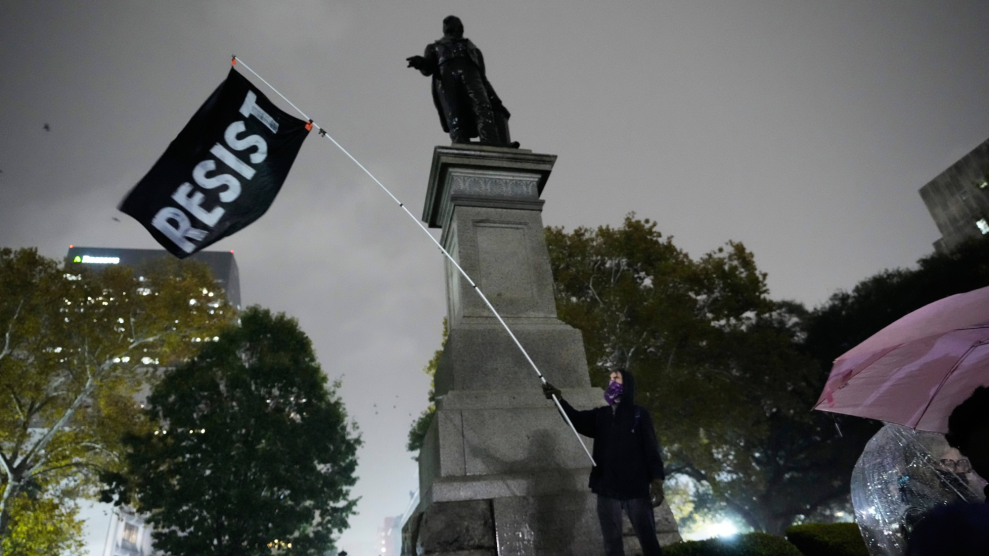Pity the short-lived anti-bullying backlash. Brought to the feature pages of newspapers nationwide in the wake of the shootings at Columbine, it went something like this: Dylan Klebold and Eric Harris were bullied, they snapped, they shot a load of people, and then they shot themselves. Bullying might be a staple of the American schoolyard, but parents and teachers ignored or condoned it at great risk.
Faster than Klebold and Harris could reload, schools were lauching anti-bullying programs, and researchers fired off study after study. Most famously, a National Institutes of Health report found that a quarter of all middle-school-aged children were either bullies or their victims or both. Bullying, the press and the reading public had decided, had to be eradicated. The only question was how.
Enter the anti-anti-bullying backlash. A number of academics and other thinking types have begun speaking up to say that bullying is OK after all — or at least isn’t such a big deal. I think it’s probably the work of a conspiracy of former bullies, though I can’t say for sure lest they kick my ass.
Richard J. Hazler, a professor of counselor education at Ohio University in Athens — a short drive from the town where as a high school student I was punched, beaten and thrown down stairs for years — told the New York Times recently that bullying is a Darwinian preparation for the real world. “We can’t eliminate all growing pains, either. It’s tough learning to make your way in this world.”
“A sizable number of students,” adds the Times, “agree with the premise that bullying can help ‘toughen’ people and teach which behaviors are laudable and which are risible to the group.”
The anti-anti-bullyites also receive support from fellow travelers who argue that bullying may or may not be a bad thing, but there’s less of it than we think. “It certainly was a problem when I was in boarding school, but that was ages ago,” Oxford professor Richard Dawkins, an expert on aggressiveness and selfishness told the New York Times. “I believe there is far less bullying now, though there probably will always be a bit.”
I doubt that, based on empirical evidence, most kids would agree with Prof. Dawkins. Still, anti-anti-bully advocates do have a point in that, of the millions of American schoolchildren subjected to public ridicule and physical abuse by the nation’s bullies, only a few dozen have resorted to blowing away their classmates. Bullies don’t kill people, victims of bullies kill people … and not very many at that.
But that doesn’t mean that bullying ought to be tolerated. Here’s the anti-anti-anti-bully argument: It’s hard enough to get hormonal teenagers to focus on their studies without some of them having to plot the safest route home from school. And far from serving as a training ground for adult life, schools that tolerate bullying are teaching behavior that must be unlearned at age 18 — or result in assault charges and the expensive involvement of legal counsel.
Well-intended people can disagree on whether bullies should be coddled or punished. But society gains nothing — and risks a lot — by fostering a “Mad Max” atmosphere in the classroom. The message sent by school-sanctioned bullying is clear: The strong prosper, the frail are crushed, and in such a world it’s safer to cast your lot with the strong oppressor than the righteous wimp.
That’s not much of a world to live in.
















